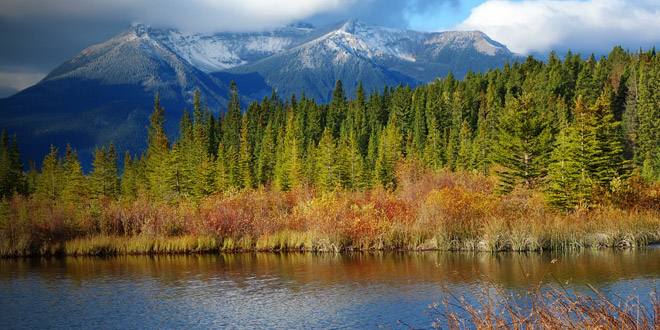
Canadian Whisky
The two most obvious factors shaping the history of Canadian whisky are Prohibition and rye, but one dates back nearly a century and the other is used less than many people think. Beneath these headlines, Canadian whisky is altogether more complex affair than it looks.
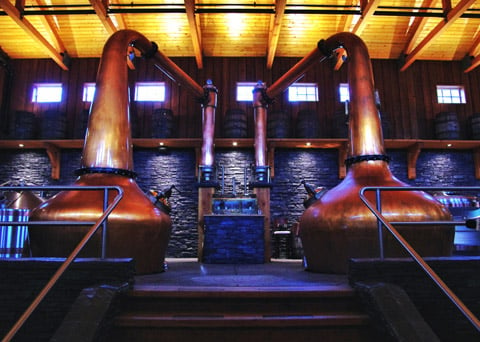 The stills at Shelter Point, located on Vancouver Island
The stills at Shelter Point, located on Vancouver Island
Why rye?
To this day, Canadian whisky can still legally be called ‘rye whisky’ and is routinely referred to as such by many in the US – even though distillers are likely to use more corn than any other grain when making it. Two reasons, linked to history and production, help to explain why.
The early arable farmers of eastern Canada found the soil and climate somewhat challenging to grow many cereal crops, but hardy rye could survive the bitter winters – and found its way into the distilleries as a result. The discovery of better farmland further west later diminished rye’s importance.
Compared to many spirits, Canadian whisky production is a Heath Robinson affair: a mix of grains is distilled three times to produce a clean, if not altogether neutral, base spirit, to which a second whisky called a ‘flavouring’ is added – and this is typically rich in rye.
Light fantastic
The result is a whisky that is generally light in character, but full of flavour. Where rye is given its head, as with some bottlings from Canadian Club and Crown Royal, that dry spice is unmistakable, but notes of fruit, toffee and pepper can also enter the mix. Less rye often means luscious corn and vanilla taking the lead.
River of booze
Although popular over the border in the US long before, Canadian whisky’s fortunes rose notably during Prohibition, when the country was the leading supplier of hooch to the speakeasies that sprang up across the States. Indeed, such was the traffic that came and went along the Detroit River between Canada and the US that it became known as the ‘river of booze’.
Did you know?
- Canadian Club was originally called Hiram Walker’s Club, but had to change its name when American distillers demanded that its origin be stated on the label. It promptly became even more popular
- Canadian Club creator Hiram Walker was a tycoon with a hand in numerous business sectors and even built up his own town, Walkerville, complete with police and fire service. It’s now part of Windsor, Ontario
- the Hiram Walker distillery – facing the US across the Detroit River – was a ready supplier of illicit booze during Prohibition, with one Al Capone a regular visitor. Records show Capone paid $7 for a case of Canadian Club in 1923 – and sold it on for $75
Typical Character and Style of Canadian Whisky
-
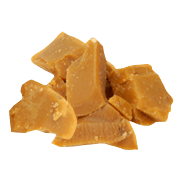 Toffee
Toffee
-
 Cinnamon
Cinnamon
-
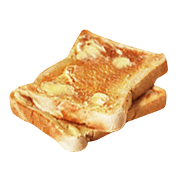 Toast
Toast
The Canadian Whisky region
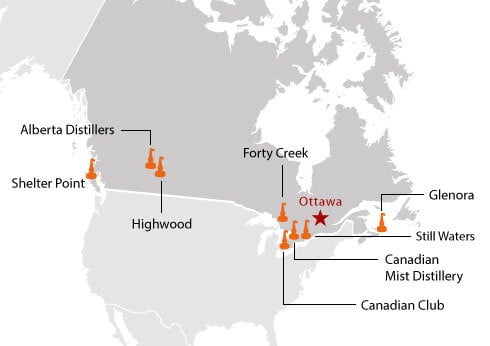
Filter
Price Range
Bottling Status (1 selected)
Producer
Country
Age
Vintage
Bottler
Strength
Size
Single Cask
Colouring

Canadian Club 19586 Year Old Litre
$296.62

Canadian ClubBot.1975 Litre
$188.76

Canadian ClubBot.1966
$242.69
($323.58 per litre)

Canadian ClubBot.1974
$188.76

Canadian Club Whisky 1968Bot.1970s
$242.69
($323.58 per litre)

Canadian Club Whisky 1968Bot.1970s
$242.69
($323.58 per litre)

Canadian Club Blended WhiskyBot.1960s
$269.65
($236.54 per litre)

Canadian Club Blended WhiskyBot.1970s
$214.64
($283.54 per litre)

Canadian ClubBot.1967
$242.69
($323.58 per litre)

Canadian Club 19676 Year Old
$242.69
($323.58 per litre)

Bush Pilot's 198213 Year Old Private Reserve
$539.30
($719.07 per litre)

Bush Pilot's 198213 Year Old Private Reserve
$539.30
($719.07 per litre)

Bush Pilot's 198213 Year Old Private Reserve
$539.30
($719.07 per litre)

Bush Pilot's 197913 Year Old Private Reserve
$539.30
($719.07 per litre)

Bush Pilot's 198213 Year Old Private Reserve
$539.30
($719.07 per litre)

Canadian ClubBot.1971
$242.69
($323.58 per litre)

Alberta Springs Canadian WhiskyBot.1980s
$269.65
($359.54 per litre)


